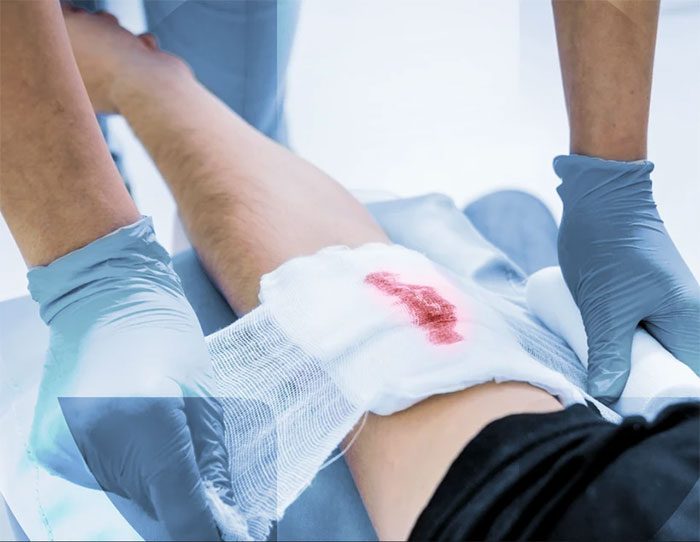Researchers from Australia, Japan, the United Kingdom, and the United States have utilized plasma to develop a more effective treatment method for chronic wounds.
An international team of scientists led by Australia has made a breakthrough in effectively treating long-healing wounds.

The new method is a therapy that uses cold plasma ionization to enhance the effectiveness of hydrogel dressings. (Photo: Netcare)
In a study published on February 19, researchers from Australia, Japan, the UK, and the US reported that they have used plasma to develop a more effective treatment method for chronic wounds without the need for antibiotics or silver ion-containing dressings.
Mr. Endre Szili, head of the plasma medicine research team at the University of South Australia (UniSA) and the principal investigator of the aforementioned international study, asserted that he and his colleagues have achieved a significant breakthrough that could revolutionize the treatment of internal wounds, diabetic foot ulcers, and potentially cancer-causing tumors.
The Plasma Activated Hydrogel Therapy (PAHT) is a treatment that uses cold plasma ionization (which can generate strong oxidants) to enhance the effectiveness of hydrogel dressings in eliminating bacteria that cause wound infections.
Mr. Szili stated: “Chronic wound infections are a silent pandemic that risks becoming a global health crisis. We need to find alternative treatment methods to antibiotics and dressings, especially since these treatments are often ineffective, leading to situations where patients may require amputations.”
According to the research, there are currently over 540 million people worldwide suffering from diabetes, with 30% of them at risk of developing foot ulcers throughout their lifetime.
Experts estimate that the global cost of treating chronic wounds such as diabetic foot ulcers exceeds $17 billion annually.
Mr. Szili emphasized that both antibiotics and dressings are not considered long-term solutions, due to growing concerns over antibiotic resistance and the toxicity caused by silver ions.


















































